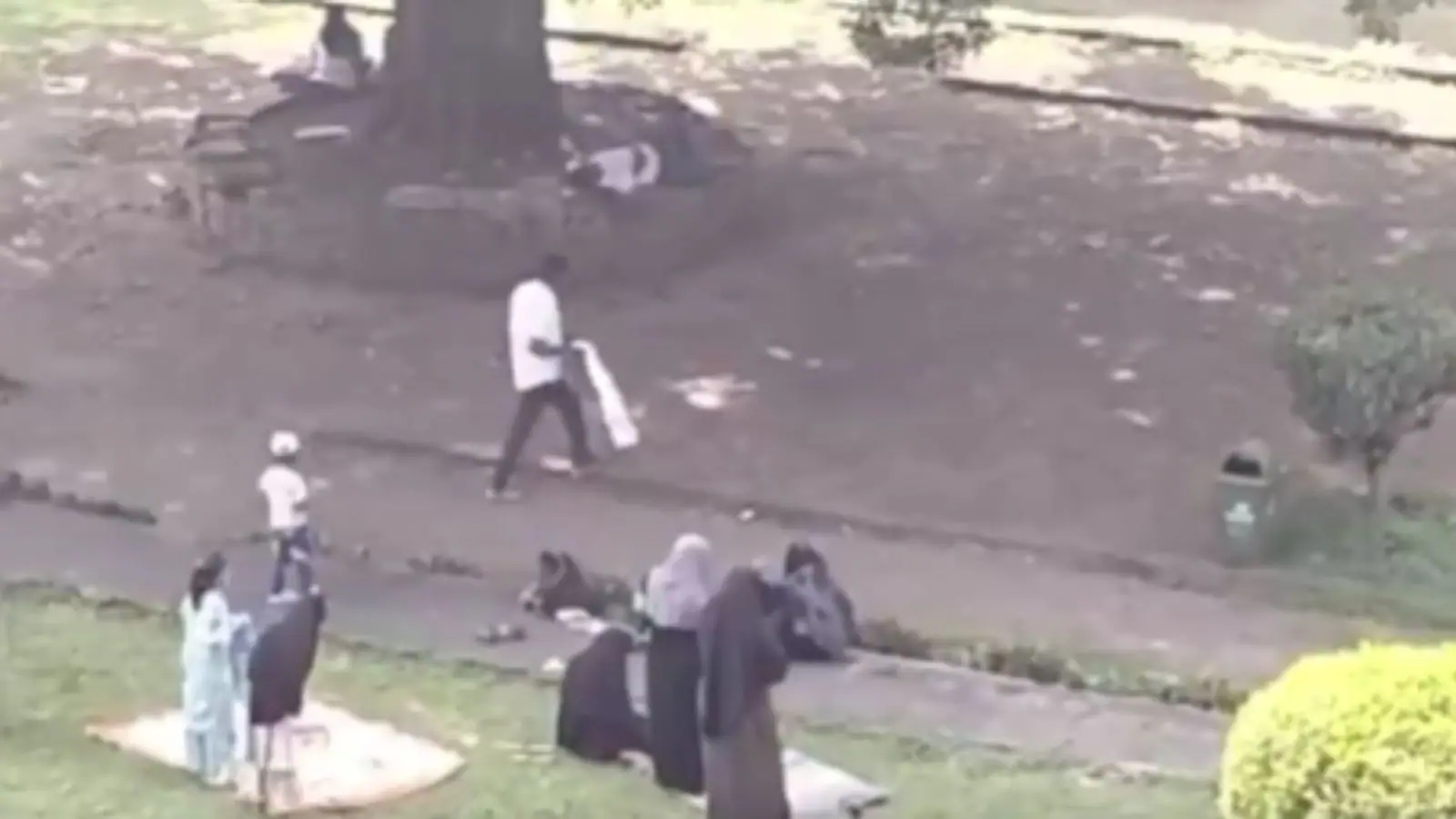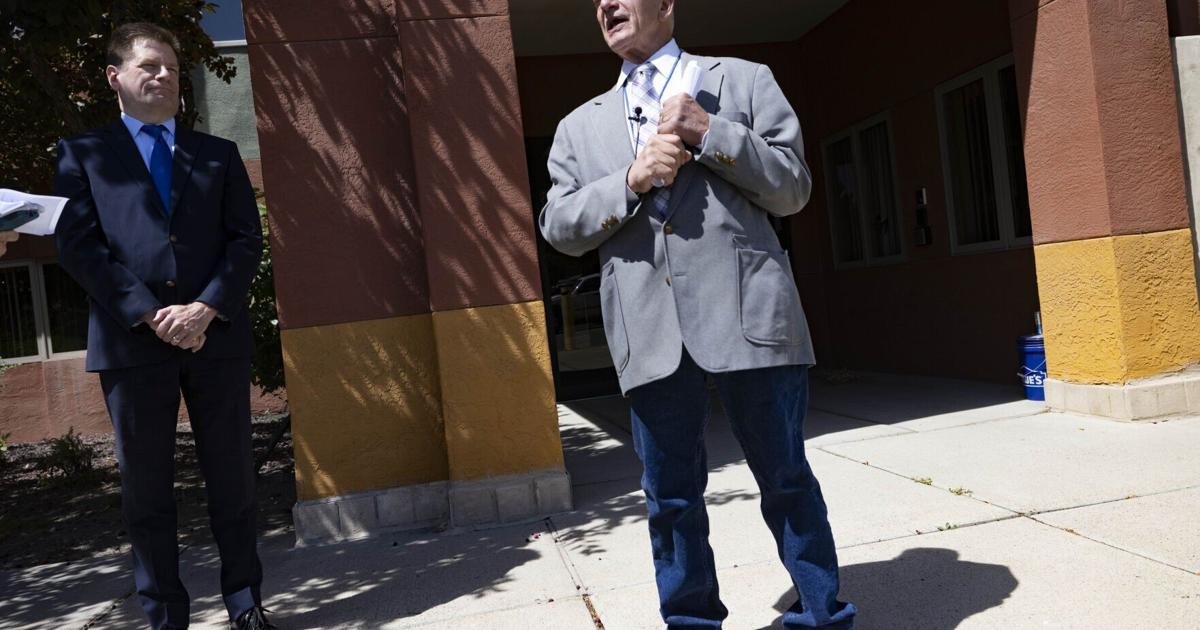Copyright news18

The case filed against three unidentified women for offering Namaz (Islamic prayer) on the premises of Shaniwar Wada has placed the historic Pune fort at the centre of a significant cultural and political controversy. The contention arises from the fort’s paramount status as a symbol of the Maratha Empire and the strict regulations governing activities within monuments protected by the Archaeological Survey of India (ASI). Historical Significance of Shaniwar Wada Shaniwar Wada is not merely a ruin; it is a powerful national symbol of Maratha pride and power. Constructed in 1732 by Peshwa Bajirao I, it served as the seat of the Peshwas—the powerful prime ministers of the Maratha Confederacy—until 1818. During the 18th century, the fort was the administrative and political heart of the vast Maratha Empire, effectively making it the capital of the Maratha kingdom and the nerve centre of Indian politics. The original structure was planned to be a magnificent seven-storey stone palace, though disputes over who was authorised to build a stone structure restricted the final construction to a stone base and brick/wood upper floors. Despite a massive, unexplained fire in 1828 that gutted most of the complex, the surviving fortifications, especially the formidable Dilli Darwaza (Delhi Gate), stand as a testament to its architectural grandeur and strategic importance. The main gate faces north towards Delhi, symbolising Bajirao’s ambition to establish Maratha dominance across the subcontinent. Shaniwar Wada is thus intrinsically linked to the zenith of Maratha power, the valour of the Peshwas, and a rich history punctuated by political intrigue, family betrayals, and the tragic murder of Peshwa Narayanrao in 1773. The Contention of Hindu Groups The controversy surrounding the offering of Namaz at the site stems from two primary points: the historical-cultural identity of Shaniwar Wada and the legal restrictions placed on protected monuments. 1. Violation of Historical-Cultural Identity: Hindu outfits, including the BJP and other right-wing organisations, view Shaniwar Wada as a profoundly Hindu heritage site representing the legacy of the Hindu Maratha Empire. They argue that it is not an inclusive or secular public space in the context of religious worship but rather a memorial to a specific, defining era of Hindu power. They contend that performing Namaz, a distinctly Islamic form of worship, within the premises of this Maratha seat is an act of cultural appropriation and provocation that hurts the sentiments of the Hindu community. They stress that the site is for historical appreciation and not for establishing a multi-religious prayer spot. Following the viral video, some Hindu leaders, including a BJP MP, immediately performed a “purification rite”, including sprinkling cow urine and performing a Hindu prayer (Shiv Vandana) to “purify” the monument. 2. Violation of ASI Rules: The second contention is legal and administrative. Shaniwar Wada is classified as a centrally protected monument under the Archaeological Survey of India (ASI). ASI rules strictly prohibit any new religious worship or rituals inside protected monuments where no worship existed at the time of the monument’s protection. The purpose of the site is its conservation and preservation as a historical artifact, not its use as an active place of worship. Case Registered The case against the three women has been registered based on a complaint filed by an ASI official, charging them under the relevant provisions of the Ancient Monuments and Archaeological Sites and Remains (AMASR) Rules, 1959, for violating the protocols applicable to protected sites. Hindu groups have used this legal framework to demand strict action against the women, arguing that any religious activity not historically sanctioned at a protected monument must be stopped to prevent the potential long-term claim of the area as a place of worship—a concern often expressed regarding other historical sites.



